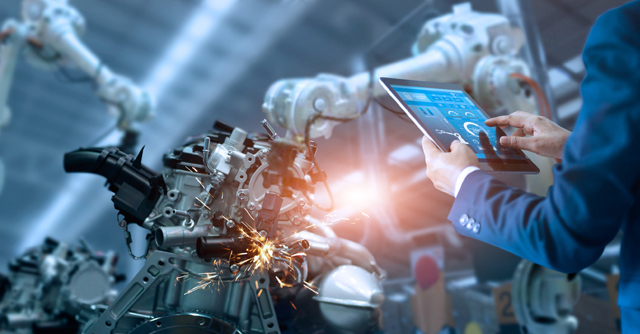
Smart factories could add $1.5 tn to global economy by 2023: Capgemini


Smart factories could add at least $1.5 trillion to the global economy through productivity gains and improvements in quality by 2023, says a new study from the Capgemini Research Institute.
China, Germany and Japan are the top three countries in smart factory adoption, closely followed by the US, South Korea and France, the study found.
The emergence of 5G technology is expected to accelerate the rise of industry 4.0 — a term used to describe the next shift in the manufacturing process.

Cybersecurity and data readiness are the key challenges in deploying smart factory solutions, Capgemini said.
Capgemini Research Institute estimates that smart factories can add anywhere between $1.5 trillion and $2.2 trillion to the global economy over the next five years.
“A factory is a complex and living ecosystem where production systems efficiency is the next frontier rather than labor productivity. Secure data, real-time interactions and virtual-physical loopbacks will make the difference. To unlock the promise of the smart factory, organisations need to design and implement a strong governance program and develop a culture of data-driven operations,” said Jean-Pierre Petit, director of digital manufacturing, Capgemini.

The research surveyed over 1,000 manufacturers, focusing primarily on organisations with smart factory initiatives underway from 13 countries including China, France, Germany, Japan, India and Italy, among others, across industries like discrete manufacturing, process industries, power, energy and utilities and consumer products.
Organisations are showing an interest in smart factories. Manufacturers are now planning to create 40% more smart factories in the next five years and increase their annual investments by 1.7 times, as compared to the last three years, the study found.
The first era in the manufacturing industry was the introduction of steam powered machines. Next was the assembly line while the third era was marked by the emergence of computers. In Industry 4.0, machines will be able to communicate with each other and will require low levels of human intervention to operate.

